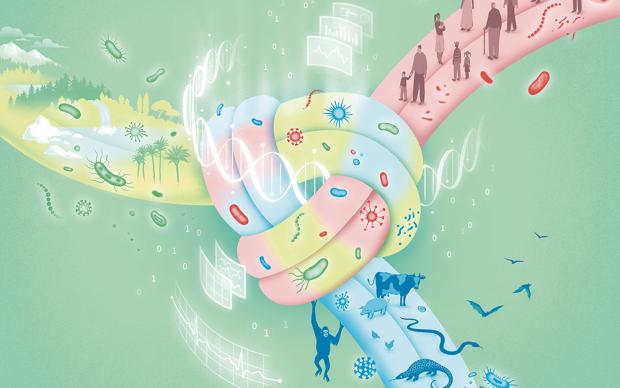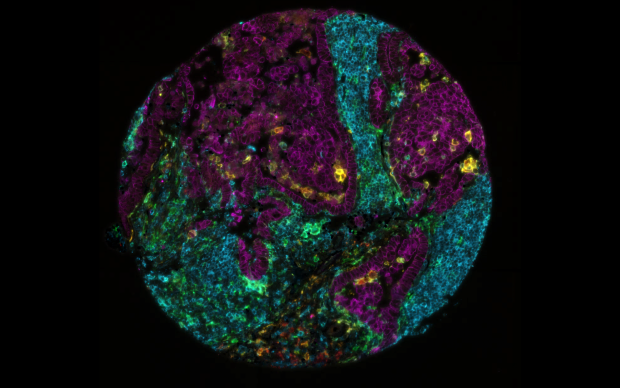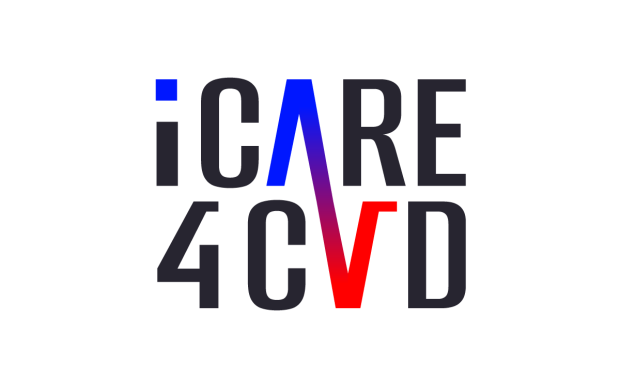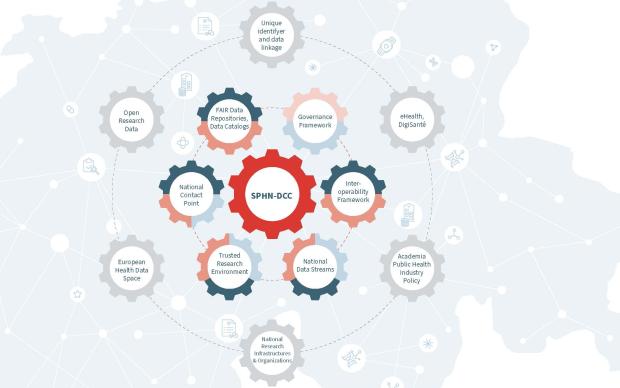A large pan-European project aiming to enhance our understanding of the factors driving childhood obesity has now begun. OBELISK, led by INSERM France, is funded by Horizon Europe, UK Research and Innovation (UKRI) and the Swiss State Secretariat for Education, Research and Innovation (SERI). It brings together 15 partners, including SIB, from 9 countries across Europe. The Vital-IT group will be providing their expertise within data harmonization and federated databases as well as biomarker analysis.
Cutting the roots of the childhood obesity epidemic
Childhood obesity is rapidly increasing in children and teenagers. This is known to lead to an increased risk of severe obesity, diabetes and cardiovascular disease later in life. Since prevention and treatment works better in younger age groups, OBELISK aims to increase our knowledge of how obesity can be prevented in childhood to try to ‘cut the roots’ of this pandemic. The project will involve analyzing diverse data from multiple clinical cohorts to understand better the causative factors leading to childhood obesity.
Vital-IT – Providing critical expertise in FAIR data management and biomarker analysis
Regarding the launch of this project, Mark Ibberson, Head of SIB’s Vital-IT group, said “we are very excited to collaborate with leaders in the field on this project aiming to shed light on the impact of different factors for childhood obesity. By contributing our expertise in handling data, we aim to provide solutions which can improve the lives of children worldwide.” Vital-IT will have an important role in the handling of the data gathered in this study. With the data originating from various countries and being of a sensitive nature, one key step will be to create systems for federated analysis, aggregating data from individuals in various cohorts, while still protecting patient privacy. By providing its expertise and applying learnings from previous large projects such as RHAPSODY and SOPHIA, Vital-IT will harmonize collected data, preparing it for optimal use and federated analysis. Another step will involve the identification of biomarkers to detect high-risk individuals and enable clustering of individuals showing similar patterns of childhood obesity.
Developing predictive models for long-term impact
Analysis of multi-omics and clinical data will also be performed to develop computational models for predicting clinical outcomes. For this, various types of data will be used ranging from methylation to metabolomics, RNAseq and psychosocial and socioeconomic factors. Combining this wealth of data will hopefully enable the identification of children who are most in need of preventative treatments and lifestyle changes to prevent severe obesity later in life.











